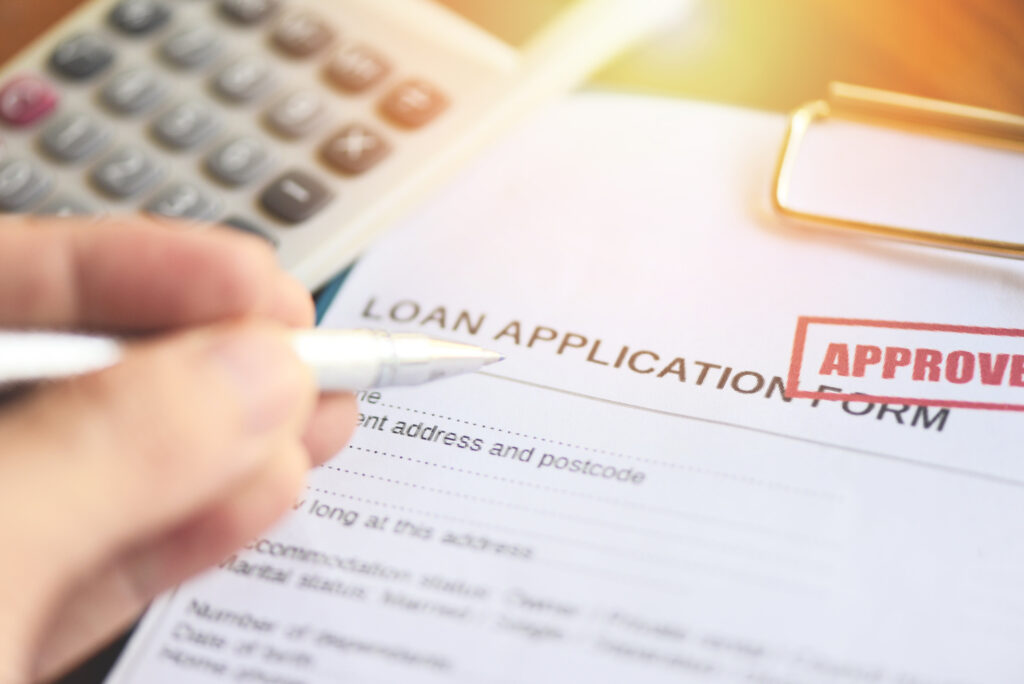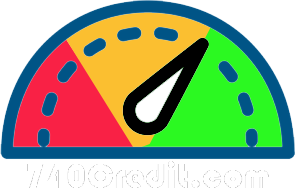Direct deposit loans and alternatives
Direct deposit loans are another term for payday loans but instead of receiving funds in the form of cash or a check, they’re deposited directly into your bank account.
These loans may seem like a quick and convenient way to cover immediate cash needs until your next paycheck. But their sky-high fees can trap borrowers in a cycle of debt.
Here’s what you need to know about direct deposit payday loans, as well as some alternatives for when you need cash quickly.
What are direct deposit loans?

Direct deposit loans are small, short-term loans that go directly into your bank account. Repayment is due on your next payday.
Many other traditional loans, including personal loans, can also go directly into your bank account. But for this article, the term “direct deposit loans” is interchangeable with the term “payday loans.”
While state regulations vary, direct deposit loans have some common features.
- Small loan amounts — Most direct deposit loans are for $500 or less.
- May require a post-dated check — The lender may require you to provide a post-dated check for the full balance, including fees, or require an authorization to electronically withdraw funds from your bank account. If you don’t repay the loan by the due date, the lender can cash the check or draft your account for the full amount.
- Basic requirements to qualify — Most direct deposit loan companies don’t consider your ability to repay the loan while meeting other financial obligations during the approval process. They only require borrowers to be at least 18 years old and have an active bank account and proof of income.
With few credit requirements, direct deposit loans make borrowing money for short-term needs like car repairs and other emergencies easy. Unfortunately, seven out of 10 borrowers use them for regular, recurring costs such as rent and utilities, according to The Pew Charitable Trusts. With annual percentage rates averaging 391%, direct deposit loans are a costly way to cover day-to-day living expenses.
Pros and cons of direct deposit loans
Like any financial product, direct deposit loans have pros and cons that you’ll want to carefully consider.
Pros of direct deposit loans
- Easy to access — With few requirements and cash within 24 hours, direct deposit loans are much more accessible to bad credit and low-income borrowers than traditional bank loans or lines of credit.
- No credit checks — Most traditional lenders require borrowers to have good credit in order to qualify for a loan. But direct deposit loans don’t require a credit check, so there’s no hard credit inquiry on your account that can lower your credit score.
- Not secured — Unlike car loans and mortgages, direct deposit loans aren’t secured by your property, so the lender can’t seize your property if you default. But the lender may have access to your bank account, so it can pull money from your account if you haven’t repaid your loan by the due date.
Cons of direct deposit loans
- High interest rates and fees — While many states cap direct deposit loan fees, even a seemingly small finance charge equates to a high annual percentage rate, or APR, because of their short-term nature. A two-week loan with a fee of $15 per $100 borrowed equates to an APR of almost 400%, according to the CFPB. Borrowing the same amount on a credit card with a 30% interest rate would cost less.
- Trap borrowers in a cycle of debt — If you can’t afford to repay the loan when it’s due, the lender may allow you to roll the debt into a new loan (and pay an additional fee). This significantly increases the cost of borrowing and the amount of time it takes to repay the loan, trapping you in a cycle of debt. In fact, more than 80% of direct deposit loans are rolled over or followed by another loan within two weeks, the CFPB says.
- Target minority communities — Twice as many direct deposit lenders operate in communities with a large number of Black and Latino residents, and payday lenders gear their marketing and advertising toward Black and Latino customers, according to the Center for Responsible Lending. So people who have historically struggled to accumulate wealth are the ones typically targeted by these predatory loans.
- Unexpected bank withdrawals are common — Your direct deposit loan lender may require access to your bank account. This access may be promoted as a convenience, but one in three online direct deposit loan borrowers reported unauthorized withdrawals from their checking account, according to The Pew Charitable Trusts. If an unauthorized withdrawal results in an overdraft, you could face expensive fees from your bank on top of what you owe on your loan.
Overall, the negatives of direct deposit loans, like payday loans in general, far outweigh the advantages. It’s important to consider all alternatives before turning to a direct deposit loan as a last resort
How to get a personal loan
If you have decided against a direct deposit loan but you still need extra cash, consider a personal loan. When it comes to personal loans, there’s no one-size-fits-all option. Here are some steps that can help you find the right loan for you.
- Prepare your finances. Some lenders work with borrowers with poor credit, but having good or excellent credit will put you in a position to qualify for the best interest rates.
- Shop around. Many lenders allow you to check rates online without a full application or a hard credit inquiry. Shop around with several different lenders to compare interest rates and terms.
- Apply. Once you’ve found a good offer, follow the lender’s instructions to submit an application. Eligibility requirements vary from lender to lender, but you typically need to authorize a credit check, verify your identity and provide proof of income.
- Close on your loan. Once your loan application is approved, the lender will send you the final loan agreement to sign. After you sign the paperwork, the lender will usually deposit the funds into your bank account — often within one business day.
Other options for quick funding
Personal loans aren’t the only direct deposit loan alternative to help cover unexpected expenses. Here are a few others to consider.
- Credit cards — If you have good credit, you may be able to qualify for a credit card with zero interest for a limited period. But even if you don’t qualify for a zero-interest credit card, a high-interest credit card will likely still be less expensive than a direct deposit loan.
- Pawn shop loans — Pawn shop loans don’t require a credit check. You leave something of value as collateral and borrow a percentage of the item’s value. As long as you pay the loan off within a certain time frame, you get your item back. Be sure to read the fine print, though: Depending on state law, pawn shop loan APRs may be over 200%.
- Cash advance apps — Many online and brick-and-mortar retailers now partner with “buy-now, pay-later” (BNPL) apps that allow shoppers to buy the items they want now and pay for their purchases over time — often in four biweekly installments. Many BNPL services don’t charge interest as long as you make your payments on time.


